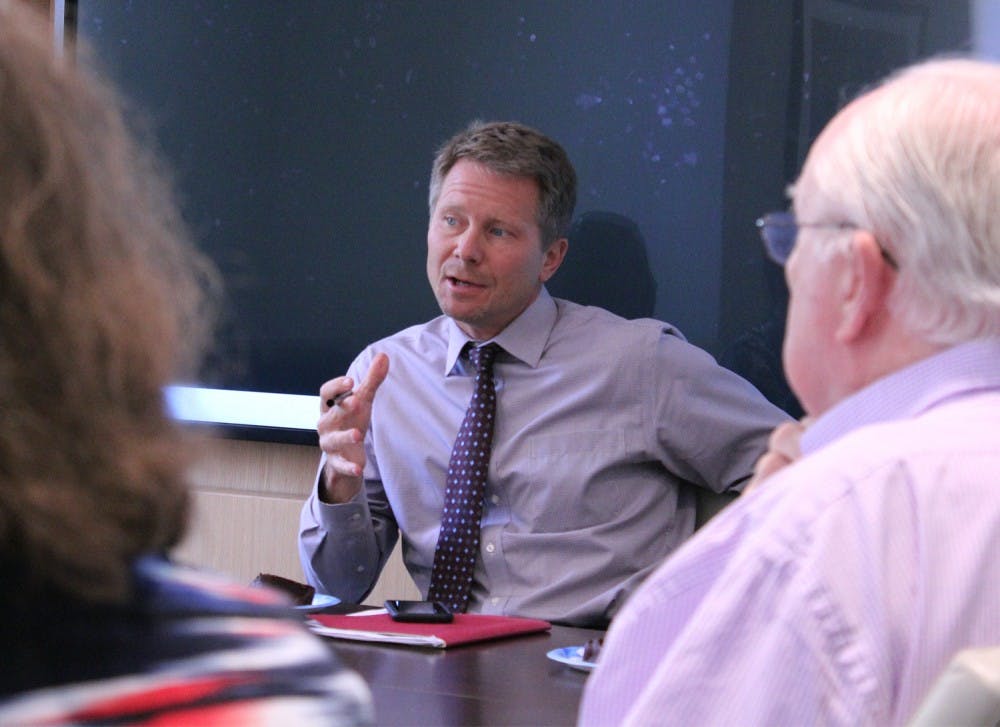“We want to improve coordination (and) cooperation between areas of study,” Bruce Cairns, faculty chair, said.
In order to do that, Kevin Guskiewicz, dean of the College of Arts and Sciences, believes the University needs to break down the barriers between the different colleges.
Guskiewicz said one such way to do that is to focus on ways to bridge and collaborate across disciplines. He proposed creating more integrated first-year seminars, focusing on cluster hires and changing the faculty culture.
Vincas Steponaitis, an anthropology professor, said he also believes faculty culture would be a principal obstacle in interdisciplinary.
“If the University can foster a culture of team teaching, people will start seeing things they have in common,” Steponaitis said.
Steponaitis believes the research aspect of interdisciplinarity is easier to address than the teaching aspect.
“On the research side, you just have to assemble a team and apply for a grant together,” Steponaitis said. “Interdisciplinary teaching is harder and that’s where most of the obstacles are.”
Among the challenges to teaching, Steponaitis said, are bureaucratic obstacles as different departments frequently have different goals and standards. Guskiewicz added that finances and faculty workload plays into it as well.



